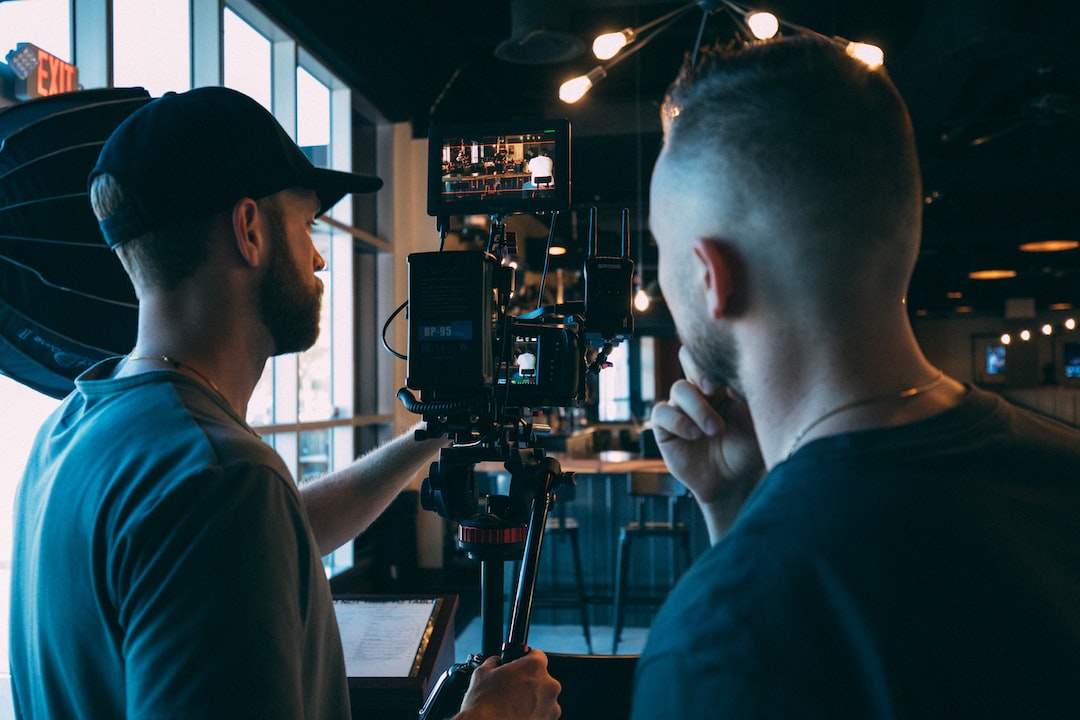Exploring the Relationship between Production and Product Design
Introduction:
In today’s world, product design plays a vital role in determining the success or failure of a product. However, behind every successful product design lies an intricate relationship with the production process. The art of product design goes hand in hand with production, as they influence each other in numerous ways. This blog post aims to delve deeper into this relationship and explore how they intersect and impact one another.
Evolution of Product Design:
Product design has come a long way since its inception. From the Industrial Revolution to the technological advancements of the present day, design has evolved from a mere aesthetic approach to a multidimensional concept. Initially, production concerns outweighed design considerations. However, as consumers became more discerning, product designers started putting equal emphasis on both form and function.
The Art of Product Design:
Product design is not merely about aesthetics but about creating user-friendly, innovative, and sustainable solutions. It encompasses various elements such as ergonomics, materials, functionality, and visual appeal. Designers must consider the target audience, cultural factors, market trends, and technological advancements to create a successful product. It is through this careful balancing act that designers can achieve their vision.
Influence of Production on Design:
The production process significantly influences product design. Designers must consider the constraints and possibilities imposed by the chosen production method. For example, if a design requires mass production, variables such as cost-effectiveness, assembly line compatibility, and ease of replication need to be considered. On the other hand, if a product is custom-made, the production process may allow for more intricate and complex designs.
Furthermore, advances in manufacturing technologies have opened new doors for designers. Techniques such as 3D printing and computer numerical control (CNC) machining have revolutionized the manufacturing industry, providing designers with greater flexibility in materials, shapes, and sizes. These advancements directly impact the design process, as designers can now create prototypes and iterate more efficiently.
Design’s Impact on Production:
While production constraints influence design choices, the design itself can also impact the production process. A well-designed product ensures ease of manufacturing, cost-effectiveness, and reduced time to market. For instance, a streamlined design with fewer components may simplify the production process, resulting in lower material costs and faster assembly. Furthermore, a well-thought-out design can reduce waste and increase efficiency.
Designers must also consider the environmental impact of their products. Sustainable design practices, such as the use of recyclable materials and energy-efficient processes, not only align with ethical values but also reduce the carbon footprint of the production process. By integrating sustainable design principles, designers can promote a greener and more environmentally conscious approach to production.
Collaboration between Designers and Production Teams:
To achieve successful product design, collaboration between designers and production teams is crucial. Constant communication and feedback loops help bridge the gap between design and production, ensuring that the final product aligns with the initial design intent. Designers need to understand the capabilities and limitations of the production team, while production teams should provide insights and suggestions to enhance the final product.
Conclusion:
The relationship between production and product design is symbiotic – each one influences and depends on the other. The intersection of these two disciplines determines the quality, functionality, and appeal of a product. As technology evolves, this relationship continues to evolve, offering new opportunities and challenges for designers and manufacturers. By understanding and embracing this relationship, designers can create innovative, user-centered products that resonate with the ever-changing market demands.


